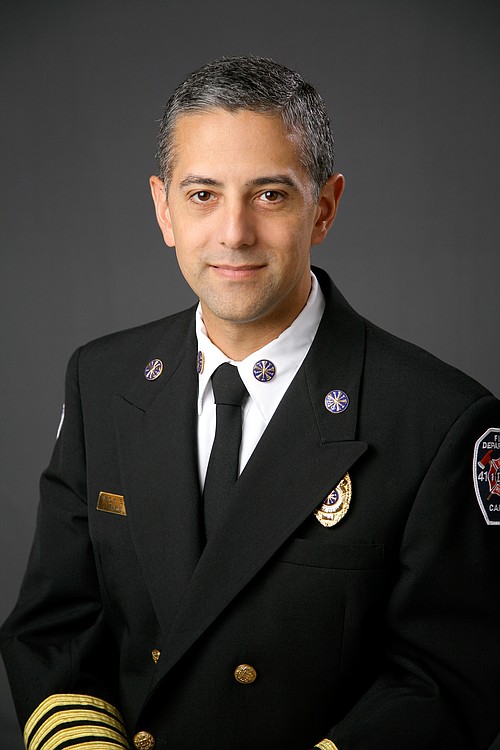In 1979, four visionary fire chiefs came together to ensure the public safety needs for our community for generations to come. Deloy Little of Camas, Darrell Alder of Washougal, Bob Holland of Clark County Fire District 1, and Clyde Webberley of Clark County Fire District 9, signed a document that established what has come to be known as the “Three Parties Agreement.”
This agreement provided for the funding of a paramedic transport service in the East Clark County area. The money was to be used for hiring personnel, buying equipment, and the ongoing emergency medical training needs of the involved departments.
The original Emergency Medical Services (EMS) levy rate established in 1979 in Camas was 25 cents per $1,000 of assessed valuation. After 28 years with no increase, it was changed to 35 cents in 2007.
On Aug. 7, 2012, Camas voters will be asked to approve a levy increase to 46 cents. This would be an increase of $33 per year to the owner of a $300,000 home. The necessity of this increase is based on several factors. The first and foremost are simply economics and the cost of providing a top notch paramedic service. The value of 25 cents in 1979, if simply increased for inflation, is worth over 70 cents today. That means if our EMS levy had kept up with the changing value of a penny over the past 33 years, it would need to be over 70 cents per $1,000 of valuation today. The average cost of an ambulance in 1979 was around $30,000. Today they cost $150,000.
At the same time, emergency call volume increased some 336 percent in that 33-year time span, and almost 20 percent in just the past six years. Add in decreased property valuations during the recession and lowered federal Medicare reimbursements and it becomes clear that a levy increase is necessary. Keeping the levy rate at 35 cents would result in a $2.9 million dollar system shortfall in six years. This is simply unsustainable.

